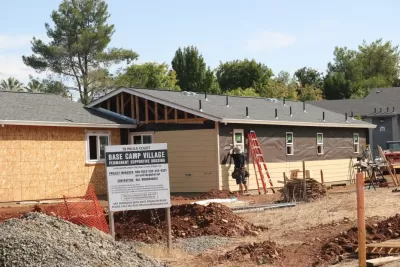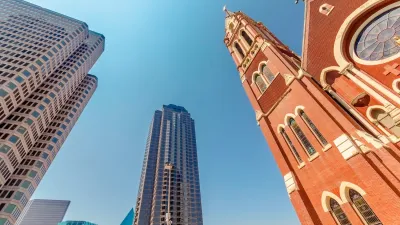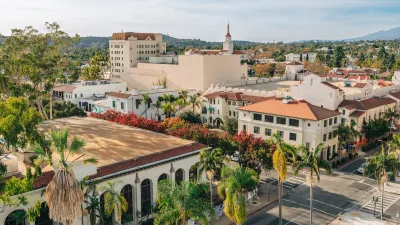How do we balance the need to provide job training to those incarcerated with the need to ensure that prisoners are not exploited for their work?

Programs aimed at creating affordable housing and providing crucial job training for inmates can trace their roots to an innovative program created in South Dakota in the late 1990s.
Bill Janklow, a conservative Republican nicknamed "Wild Bill," pledged to make affordable housing a priority when he was elected to a third term as South Dakota's governor in 1994. Janklow, who died in 2012, spearheaded what’s now known as the Governor’s House Project: small homes built at a lesser cost because they are constructed by inmates who work for free.
Twenty-three years after the program launched, more than 2,000 homes have been sold—two-bedroom houses today can cost $49,700. And in 2019, inmates worked a total of 142,060 hours building the homes, according to the South Dakota Housing Development Authority.
The program has also inspired a similar one that’s set to launch in Missouri this year, while another project in northern California is using inmates to build a 12-unit apartment complex intended for the chronically homeless.
But with the rising focus on rehabilitating inmates comes increased awareness of prisoner exploitation. The Prison Policy Initiative says that when inmates are paid for labor, they can receive as little as nine cents an hour. Inmate advocates are pushing for better standards for workers behind bars.
"They’re providing a service that has value and they should be compensated for it just like everybody else," says Alex Friedmann, managing editor of Prison Legal News and an advocate for the rights of incarcerated people . . .
FULL STORY: Using Inmate Labor to Build Affordable Housing

Alabama: Trump Terminates Settlements for Black Communities Harmed By Raw Sewage
Trump deemed the landmark civil rights agreement “illegal DEI and environmental justice policy.”

Planetizen Federal Action Tracker
A weekly monitor of how Trump’s orders and actions are impacting planners and planning in America.

Why Should We Subsidize Public Transportation?
Many public transit agencies face financial stress due to rising costs, declining fare revenue, and declining subsidies. Transit advocates must provide a strong business case for increasing public transit funding.

Understanding Road Diets
An explainer from Momentum highlights the advantages of reducing vehicle lanes in favor of more bike, transit, and pedestrian infrastructure.

New California Law Regulates Warehouse Pollution
A new law tightens building and emissions regulations for large distribution warehouses to mitigate air pollution and traffic in surrounding communities.

Phoenix Announces Opening Date for Light Rail Extension
The South Central extension will connect South Phoenix to downtown and other major hubs starting on June 7.
Urban Design for Planners 1: Software Tools
This six-course series explores essential urban design concepts using open source software and equips planners with the tools they need to participate fully in the urban design process.
Planning for Universal Design
Learn the tools for implementing Universal Design in planning regulations.
Caltrans
Smith Gee Studio
Institute for Housing and Urban Development Studies (IHS)
City of Grandview
Harvard GSD Executive Education
Toledo-Lucas County Plan Commissions
Salt Lake City
NYU Wagner Graduate School of Public Service





























